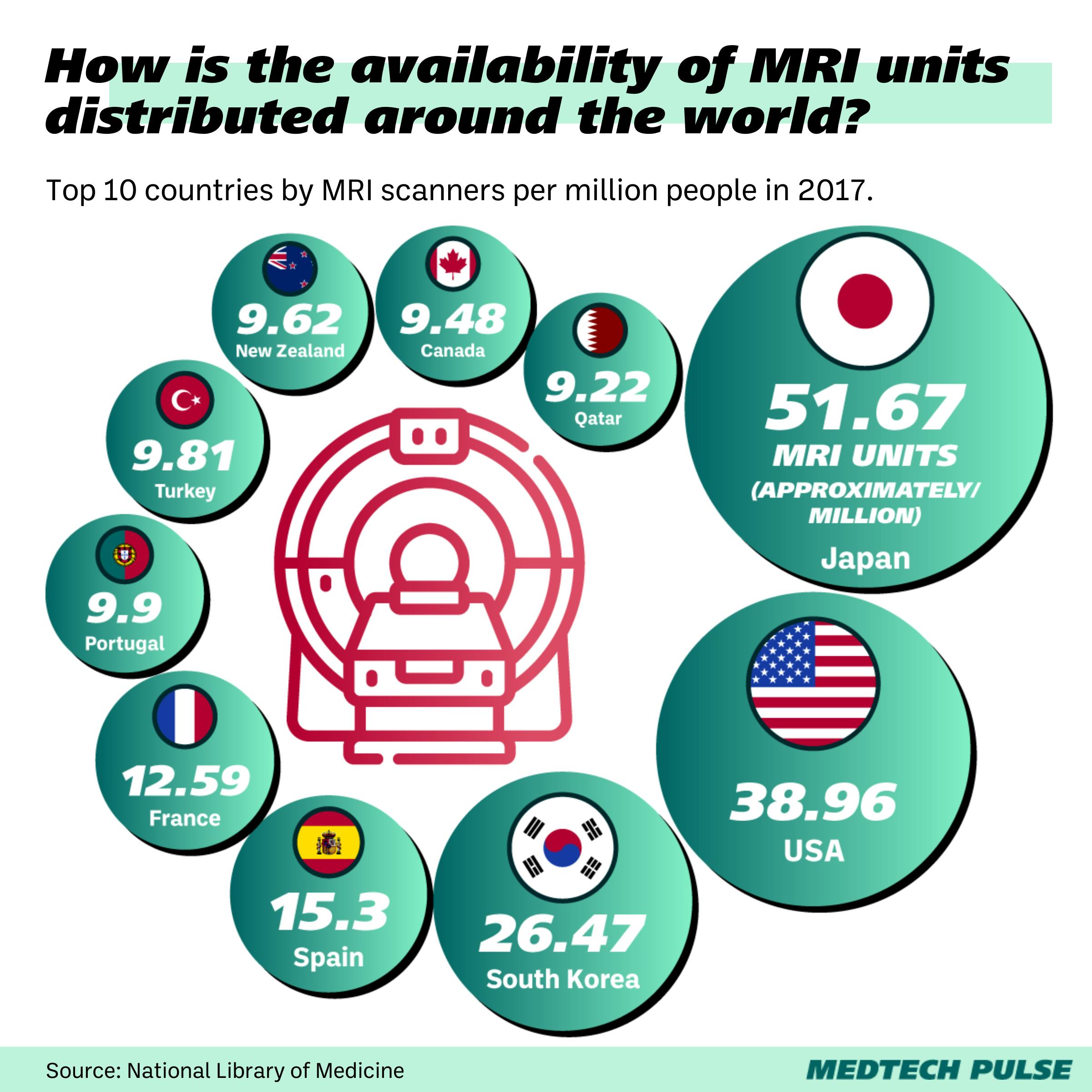Hacking the way to less expensive MRIs
At NYU, researchers recently hosted a hackathon dedicated to one task: Building an MRI machine from scratch in just four days.
The result? The Zeugmatron Z1.
Named after “zeugmatography,” the historical name for MRI coined by Paul Lauterbur, the machine successfully created its first image in the troubleshooting days after the hackathon.
So what does it take to MacGyver an MRI machine? And why would these scientists bother doing so? Stick with us as we answer these questions—and more.
The Zeugmatron
MRI machines are complicated. They contain three layers of magnets for imaging and liquid helium for cooling the machine down.
Not only are they hefty and require complex safety guidelines, but engineers need to maintain the machines so they stay in working order.
Could these machines be reinvented to be simpler and smaller?
That was what NYU researchers Leeor Alon and Tobias Block wanted to know when they organized the hackathon, which hosted 50 researchers all striving to build a small, low-field MRI machine.
The researchers who answered the call stayed up until four in the morning to make the ambitious timeline happen. In the end, they succeeded, building a prototype big enough to image a hand.
The burden of expensive MRIs
Another exciting takeaway from the hackathon: Not only do MRIs not have to be huge, they don’t have to be so expensive.
Complex medical imaging can be costly. Here are some of the basic cost breakdowns for MRIs:
- MRI machines typically cost between $1-3 million and are often the most expensive pieces of equipment in a hospital.
- In Europe, an MRI often costs a couple hundred dollars.
- In the U.S., MRI scans can cost up to $2850 out of pocket—and much higher for uninsured patients.
The picture gets even more bleak when we take it global.

The distribution of MRI machines is predictably more sparse for lower-GDP countries. This further contributes to unacceptable global health inequalities.
The future of MRI accessibility
As the global population ages and the incidence of cancer and neurodegenerative diseases tick up, MRIs are going to continue being essential machines.
Plus, with the rise of full body scan healthcare startups like Prenuvo, it’s clear this technology is at the forefront of the future of preventative medicine.
In other words: the stakes are higher than ever for the availability of this technology.
Luckily, advancements in medical AI are likely to help us bridge the gap. In fact, some experts argue that low magnetic field images—like those produced by the Zeugmatron—can be just as clinically meaningful with the help of imaging AI.
Another promising sign is the rise of 3D printing, which can bring otherwise hard-to-access pieces of medical equipment to areas in need.
One way or another, increasing the availability of MRI machines to both providers and researchers across the world is key to working toward a healthier global society. And with the pressure to increase this availability, we think it’s only a matter of time until more affordable, simpler machines get manufactured at scale. Let the NYU hackers’ achievement be an inspiration to our industry.